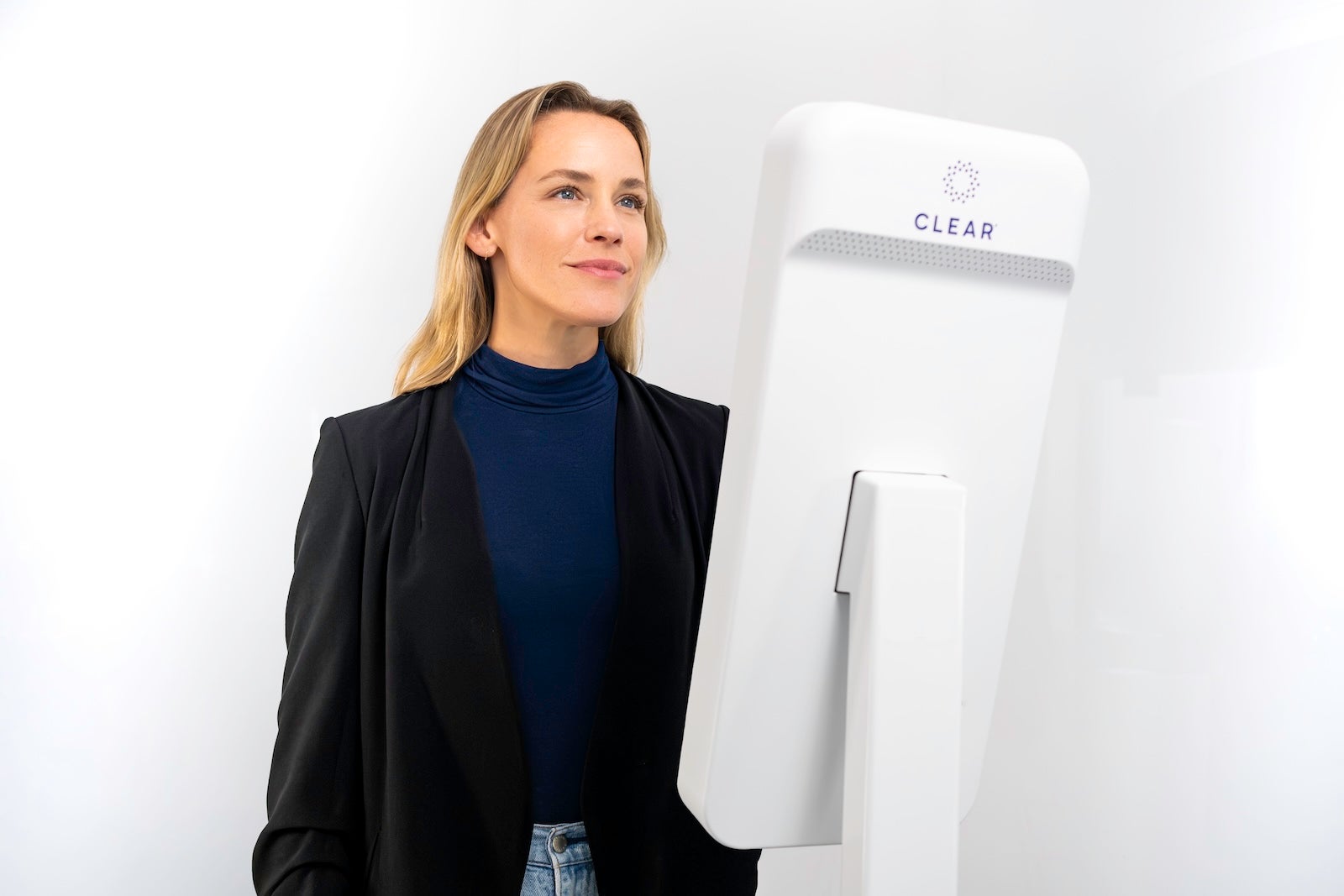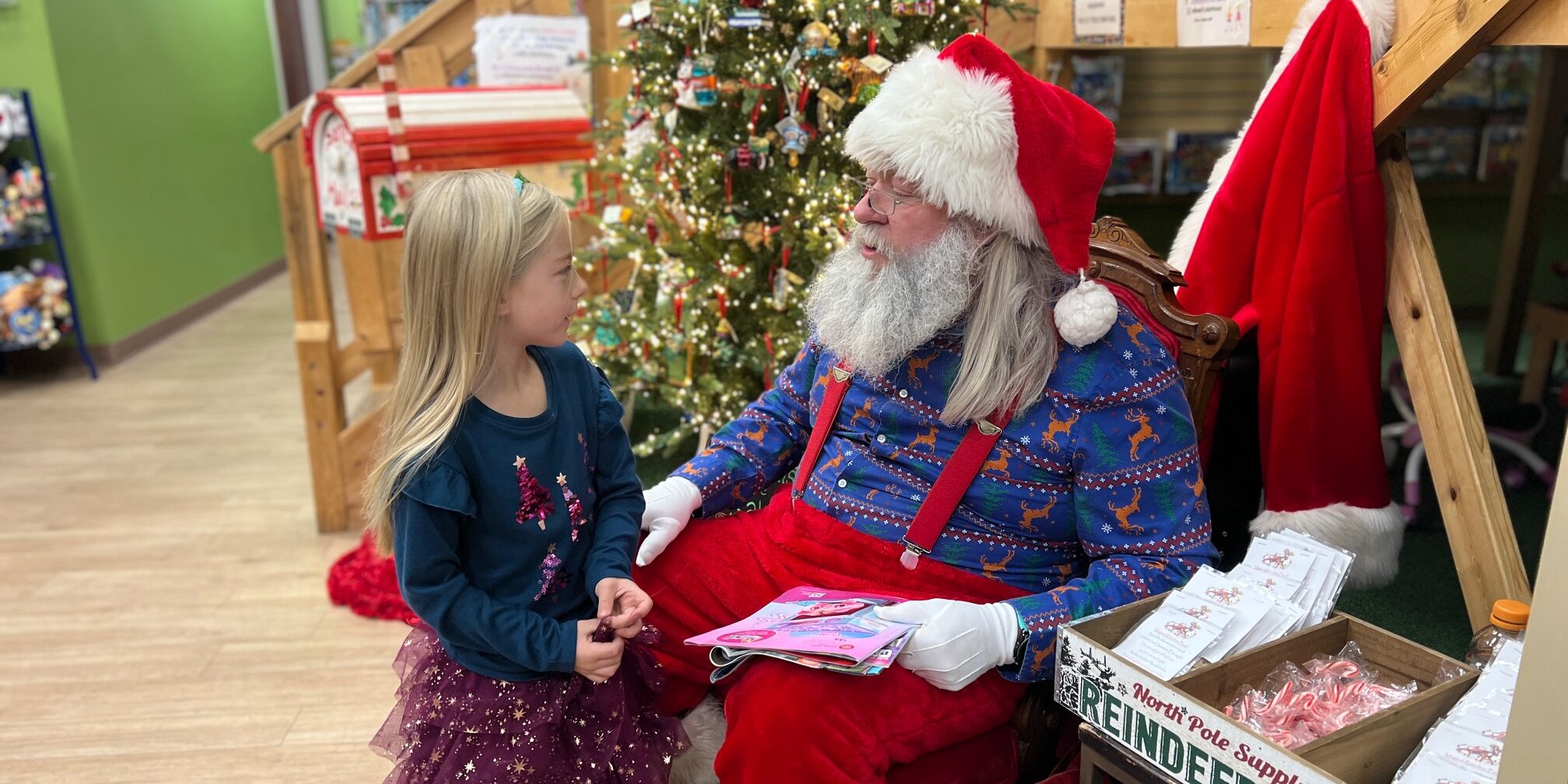Travel
Outdoors: Camera captures variety of activity on travel log

I’ve always believed that even a rut is a road to somewhere, but never realized that a weathered old log could be a wildlife freeway.
I was in a rambling mode, wandering along a nearly dry creek in a remote area near Palomar Mountain enjoying the solitude of nature when I spotted animal tracks in the sand.
The tracks appeared to be headed toward an old log that had fallen across the creek, and I wondered if animals use the log to cross, especially during the rainy season when more water might be flowing down the cobblestoned ravine.
Readers may recall that I often put out wildlife cameras in remote places in hopes of capturing images of our wildlife neighbors as they go about their daily or nightly tasks.
It was summer now, and not much water was running in the creek, but I wondered if this would be a good place to set up the camera.
My camera traps are not the simple all-in-one trail cameras often used by wildlife enthusiasts to capture the nightly antics of neighborhood critters. While very effective, they don’t produce quality color images, instead using invisible infrared light to record black-and-white photos in the dark.
I have built an intricate system that uses a wireless motion sensor to activate a high-resolution digital camera and remote flashes. As an animal passes by, the system fires, recording the scene in full color.
Depending on where the trigger is placed, an animal will hopefully activate the system. The small log was a narrow path that offered a great target and higher odds of getting images of wildlife travelers.
Camera, tripod, lights and trigger were hauled out to the location and set up, and now it was time to sit back and wait. I located the camera at one end of the log, facing along the length of the path.
Typically, I will leave a camera in place for a week to 10 days before returning to change batteries and see what was photographed.
Over the next several weeks, I would be surprised by the variety of wildlife that would use this weathered old log as a travel route or pass nearby.
Let’s call this a travel log.
A trip out to check on the camera is always exciting. I never know what to expect and the anticipation is like the child-like feelings on Christmas morning as I gear up to make the trek into the woods.
On the first trip to check on the camera, I was excited to see 18 images had been captured.
Toggling through image review, there were a few shots of birds, a squirrel, some triggered by plants moving in the wind and five shots of a gray fox crossing the log, every time moving away from the camera.
Photos are time stamped, and it looked like the midnight fox had crossed the log every night for five nights, but for whatever reason all the photos were tail shots, and I never had an image of the fox returning.
That prompted me to move the camera to the far side of the log, and I laughed when the next series of fox pictures were also all from behind.
Maybe the fox was just shy, but for one photo it did turn to look at the camera with a rat in its mouth.

I decided to move the camera perpendicular to the log, instead of parallel, and that allowed for better images of passing wildlife, no matter which way they were traveling.
After three weeks in place, the camera captured the passing fox, a beautiful bobcat, a wild turkey, a carp swimming in the shallow creek water, a buck deer walking next to the log, and an assortment of squirrels, small birds, ravens and wood rats.

What seemed amazing was the kind of wildlife safety zone the log represented.
Predators could have easily waited and preyed on animals using the log crossing, but the camera never captured any conflict, even though many of the crossings were within minutes of each other.

Readers know I often practice “sit and see,” where I spend an hour or more just sitting somewhere in nature to quietly watch animal activity.
With a remote camera in place for several weeks, it was a chance to see the travel habits of the local wildlife population.

After a month at the log crossing, I recorded just about everyone. Nighttime visitors included skunks, foxes, bobcats and deer. During the day, there were visits from lots of squirrels, turkey, ravens and an opossum.
I hope you enjoy some of the images captured on the travel log.
Cowan is a freelance columnist. Email ernie@packtrain.com or visit erniesoutdoors.blogspot.com.









